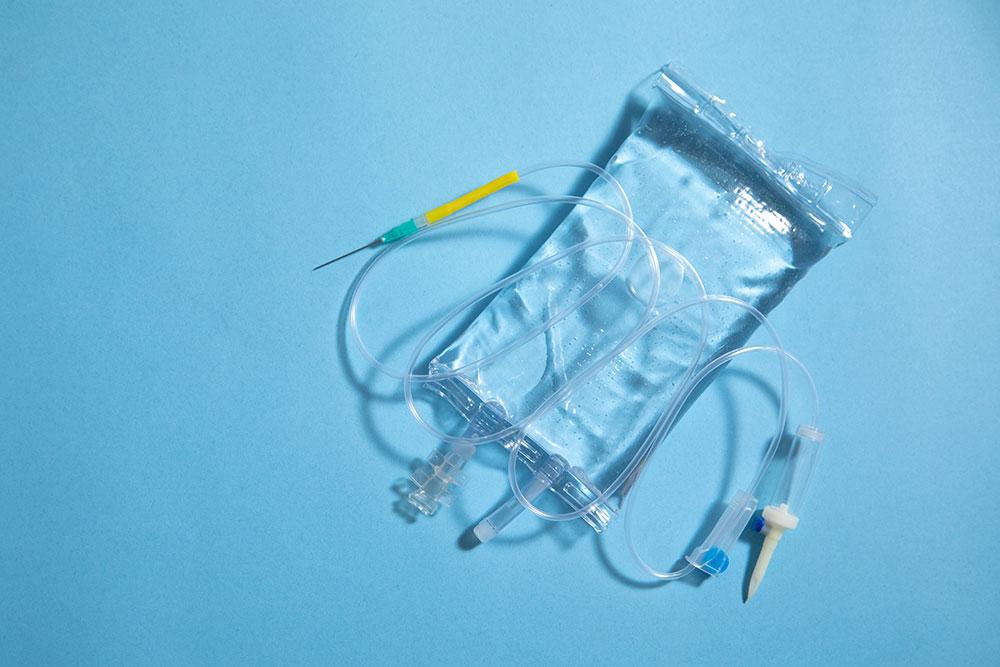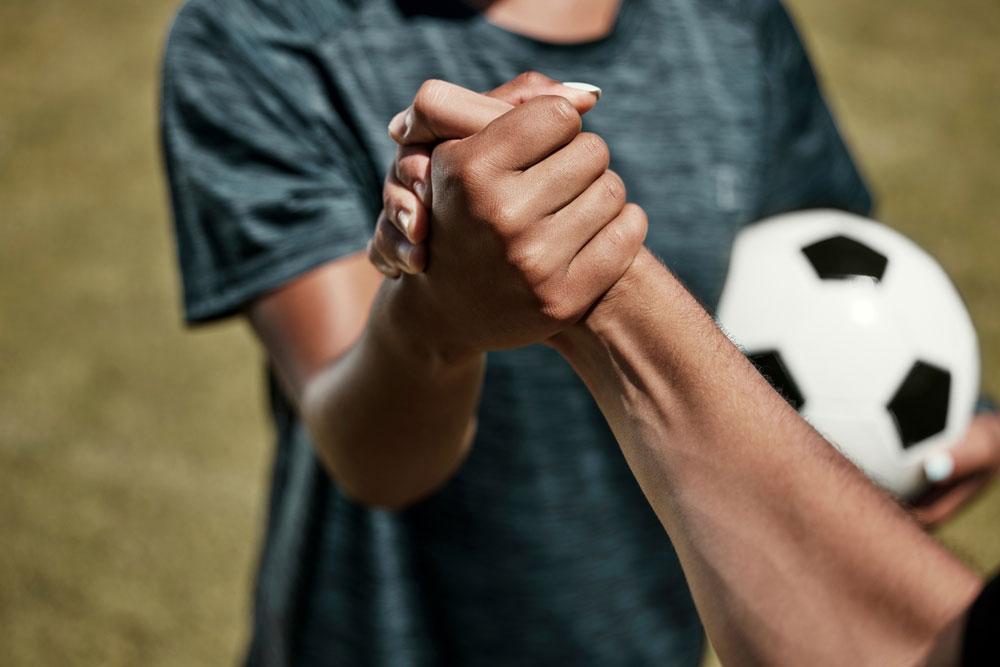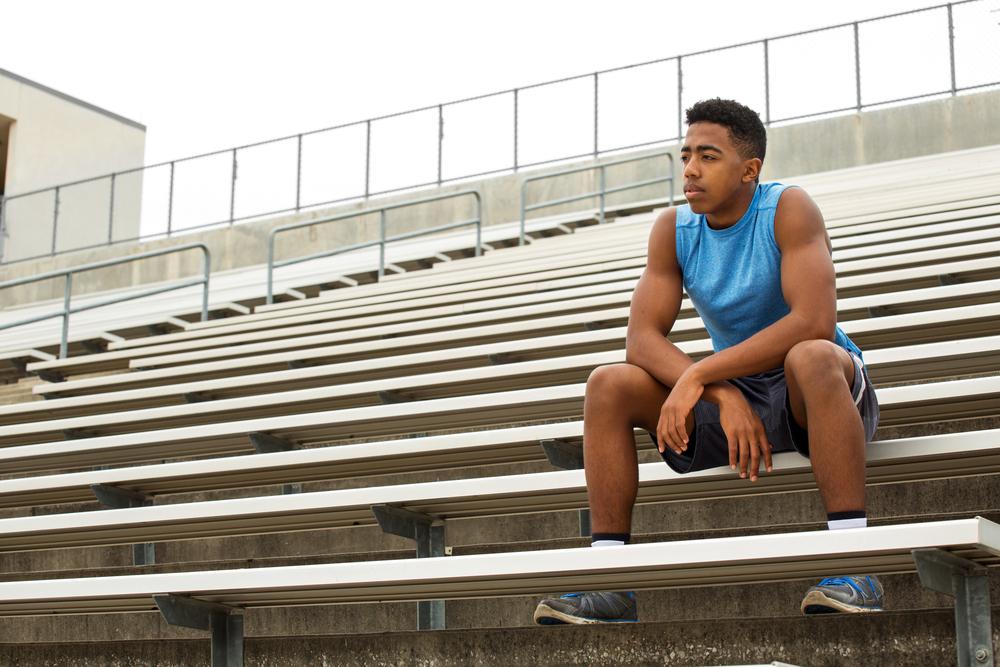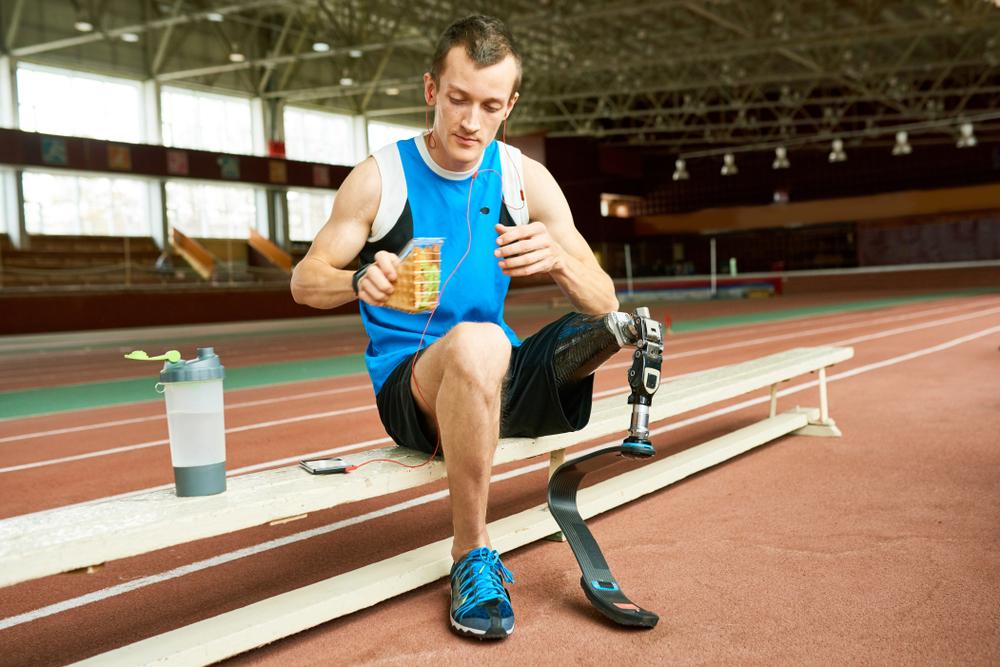
If your high school team is from Florida where you train at sea level year-round, you might be feeling intimidated when you hear that the National Championships will be held high in a mountain town in Colorado. On the other hand, players from Northern California may start to feel nervous when competing in championships in the hot, humid Midwest after training for months in mild, dry weather.
Whether the extreme environment your athletes are headed to is hot, cold, or at high altitude, you may be tempted to look for a supplement or treatment that can help them quickly adapt and adjust. But Laura Lewis, PhD, Director of Science at the U.S. Anti-Doping Agency, says there’s no pill out there that can help an athlete adapt. However, she does have some advice for performing in adverse situations like heat waves, blizzards, and high altitude.
1: Your body is built to adapt
“Our bodies are amazing, and they can respond to each of these different environments that we expose them to,” she says. “It just takes time. There’s no magic pill. Respect the environment that you’re in and adjust your training or your level of exertion accordingly, and then make sure that you’re allowing your body to recover while you’re in these different environments.”
2: Early is better
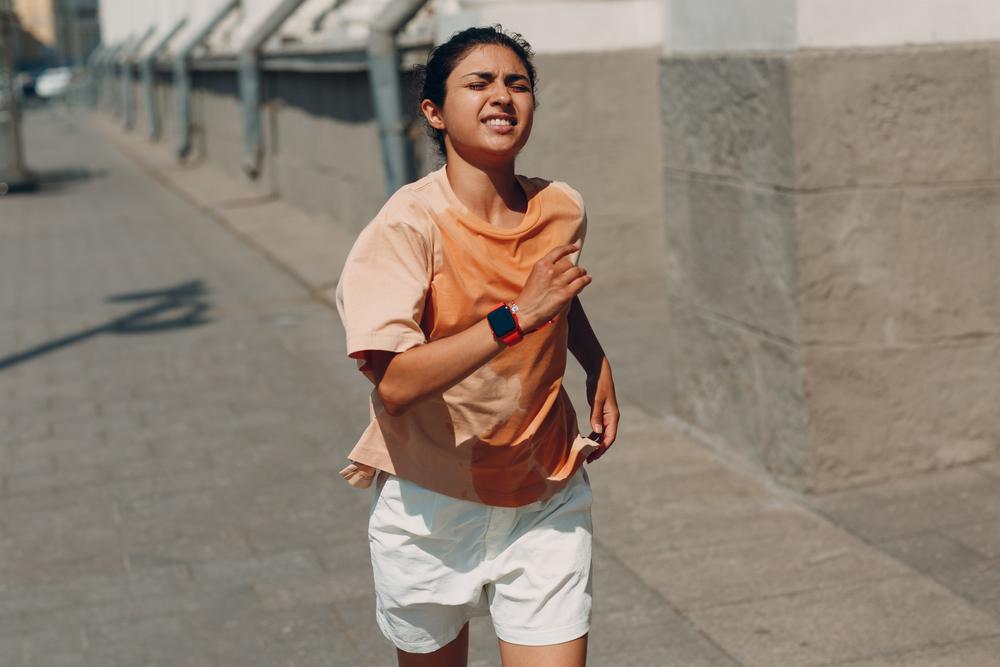 The gold standard for athletes is to go as early as possible to the location that has different conditions in order to get acclimatized. “Your body does adapt quite quickly: for example, just an extra week in a hot environment can make a big difference to how you’re going to feel and perform,” Lewis adds.
The gold standard for athletes is to go as early as possible to the location that has different conditions in order to get acclimatized. “Your body does adapt quite quickly: for example, just an extra week in a hot environment can make a big difference to how you’re going to feel and perform,” Lewis adds.
It will feel harder when you first arrive. “If you are able to go to a location a few days before and do some acclimatization, the first time you go and do a run, you’re going to notice that your heart rate is really, really high,” Lewis says. “But then the body starts to adapt to that. By the fifth day, it’s going to feel a lot easier doing that same exercise, because the heat has stimulated a number of adaptations within your body that allow you to cope better overall.”
3: Prep at home for heat
“Obviously, early travel to event locations is not going to be accessible for everybody,” Lewis admits. But you can still prepare at home for the heat. “If you’re a track athlete, do some more runs on a treadmill in a warm environment, or even just without a fan in the gym,” Lewis suggests. “The more you can raise your core temperature and stimulate your body to adapt that way, the better.”
But be careful, she adds. “It’s obviously really important to be safe, because high schoolers are not going to have the same level of monitoring and support as an Olympic athlete would have doing these various trial sessions.”
4: Stay cool
“If you’re not doing much acclimatization work, particularly when going into a hot environment, then you just need to think about your strategies when you’re there to try to keep yourself as cool as possible,” Lewis explains. “Stay in the hotel or in the air conditioning until quite close to the game, making sure that you’re adequately hydrated and that you do have access to drinks during and after.”
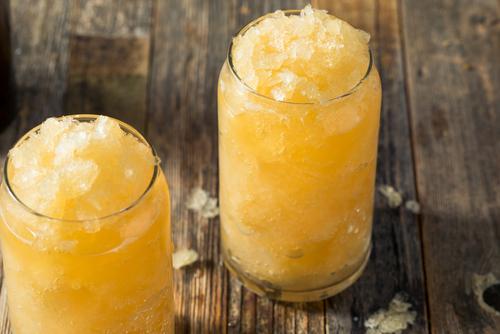 Essentially, Lewis recommends pre-cooling your body. If your body starts at a lower core temperature before your event, then it’s going to take longer for your body temperature to reach that critical temperature where it can’t perform, or where you’re going to struggle. “Drink a slushy or have some shaved ice,” she adds. “Have something like that where the drink is in ice form, and then has to change from ice to a liquid inside of you. That change of state actually takes away body heat from your core and cools you down.” Other tactics include wearing an ice vest or using cold towels that are dipped in ice on the back of the neck. “Do what you can to lower your core temperature in advance of the event to buy yourself a bit more time when you’re actually playing the game.”
Essentially, Lewis recommends pre-cooling your body. If your body starts at a lower core temperature before your event, then it’s going to take longer for your body temperature to reach that critical temperature where it can’t perform, or where you’re going to struggle. “Drink a slushy or have some shaved ice,” she adds. “Have something like that where the drink is in ice form, and then has to change from ice to a liquid inside of you. That change of state actually takes away body heat from your core and cools you down.” Other tactics include wearing an ice vest or using cold towels that are dipped in ice on the back of the neck. “Do what you can to lower your core temperature in advance of the event to buy yourself a bit more time when you’re actually playing the game.”
5: Cold weather is all about clothing choice
Adapting to cold isn’t too difficult for most athletes, but the clothing can be tricky. “Clothing choices are obviously going to be your big friend here,” Lewis says. “There’s not too much body adaptation: Dress appropriately to try to keep yourself warm. It’s important to test the clothes you’re going to wear though, because running in gloves and tights versus shorts and a singlet has a different feeling. And if you’re wearing gloves, having any drinks or fuel during a race will impact your dexterity.”
6: Altitude is worth the early arrival
“The longer you can be at altitude before an event, the better. If it was a really important event for an elite athlete, you’d be getting there at least three weeks before, but obviously, that’s not going to be practical for most of us,” says Lewis. “Even a couple of days can help, though. And for most high school and college level athletes, it’s better to spend money to go to the place a few days early rather than investing in expensive altitude training equipment,” she adds.
 There are different stages of adaptation to altitude. “In the first day or two, your body’s just trying to go into survival mode,” says Lewis. “Your breathing rate increases, you’ll end up urinating a lot in order to concentrate your blood. You haven’t made any more blood, but you’ve just really concentrated it so that it can carry oxygen around the body a bit more efficiently. Sleep is often quite disrupted. It’s not uncommon to wake up in the middle of the night gasping for breath, but that’s just your body adapting and trying to work on a short-term solution.”
There are different stages of adaptation to altitude. “In the first day or two, your body’s just trying to go into survival mode,” says Lewis. “Your breathing rate increases, you’ll end up urinating a lot in order to concentrate your blood. You haven’t made any more blood, but you’ve just really concentrated it so that it can carry oxygen around the body a bit more efficiently. Sleep is often quite disrupted. It’s not uncommon to wake up in the middle of the night gasping for breath, but that’s just your body adapting and trying to work on a short-term solution.”
Then, it gets easier: “The longer you spend at altitude, the more those acute responses calm down and the adaptive responses take over. Your body actually starts to make more red blood cells, you have more blood to carry oxygen around your body, and everything gradually starts to feel a little bit easier.”
7: Pay attention to nutrition in extreme conditions
“After really hot games, you might not feel like eating,” Lewis warns. “But if you’re at a tournament, it will be really important to restore your energy sources. You might just need to think about different ways to get the nutrition in, maybe using liquid-based energy. Even if you really can’t stomach anything solid to start with, don’t neglect the recovery and the restoration of nutrients just because you don’t feel like eating.”
In cold environments, athletes may find that the body is using more energy to keep itself warm. “When it’s cold, you may find that you need to fuel yourself a bit more than normal,” says Lewis. “Prioritize having a little more food around your training session or your event.”
Hydration is also key at altitude. “Because of the increased breathing rate, you actually get a bit more dehydrated because you’re losing water every time you breathe,” Lewis says. “So, you need to think about hydration. You might also need a bit more fuel because you’re burning carbohydrate, not fat, which means you can run out of energy a bit quicker.”
8: Manage expectations
“It’s really important for athletes going to altitude or any extreme environment to realize that it is going to feel hard, so their pacing and performance is going to be lower to start with,” says Lewis. “Athletes also need to respect that they’re going to need longer recovery in between efforts.”
_________________________
TAKEAWAY
Extreme environments present major challenges for athletes who can’t go early to acclimate, but with some early interventions like hotter training indoors, choosing the right clothing, or understanding how the body responds to altitude, it’s possible to have a safe and healthy performance.
